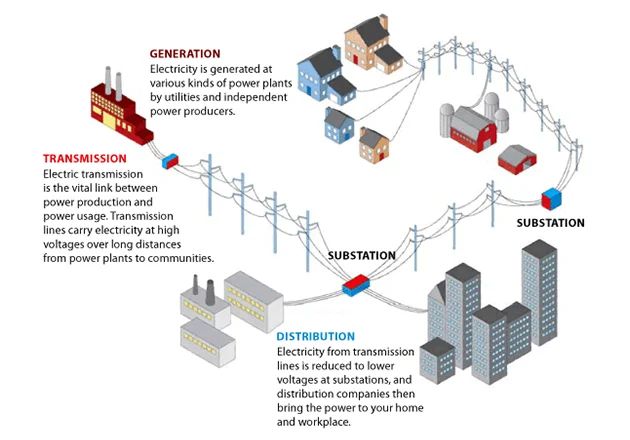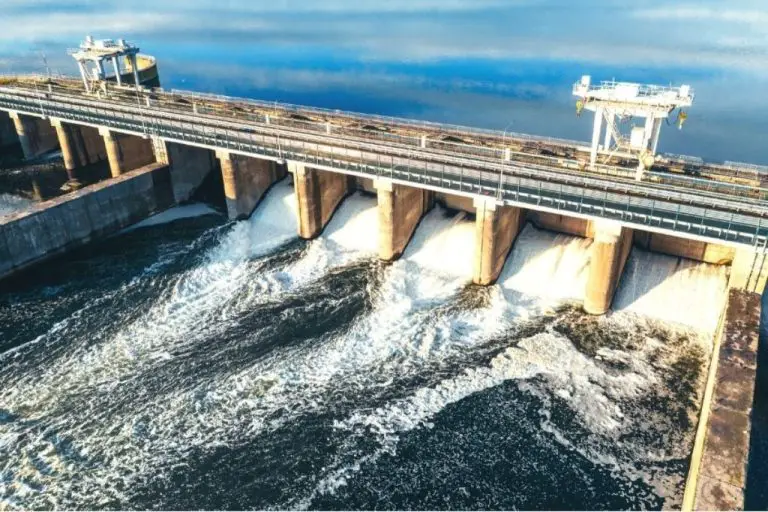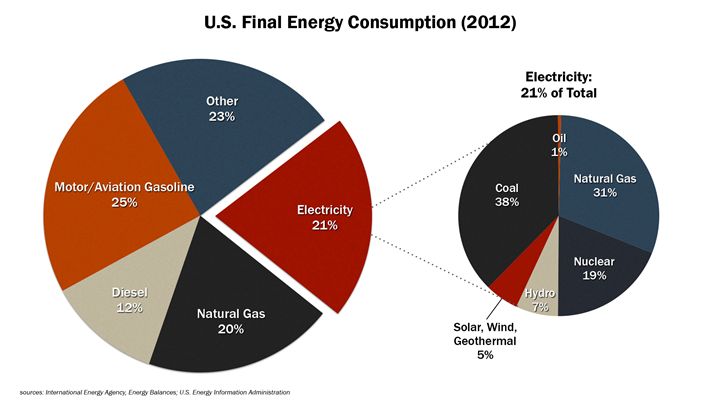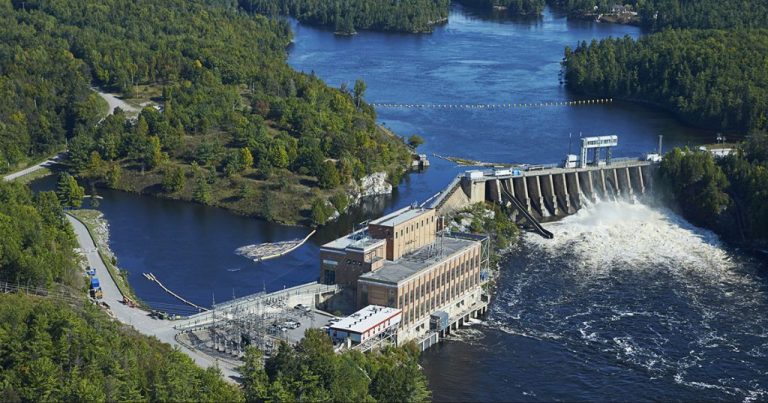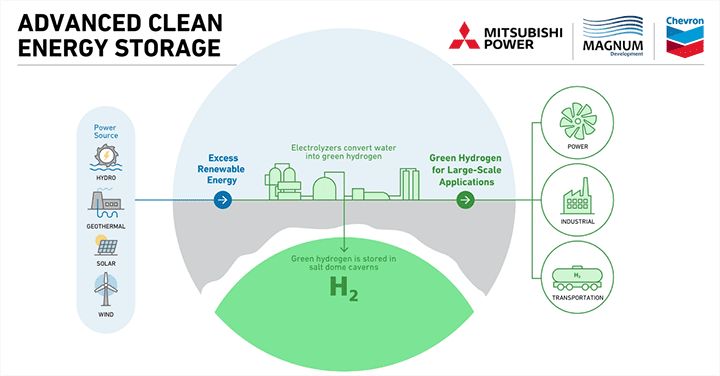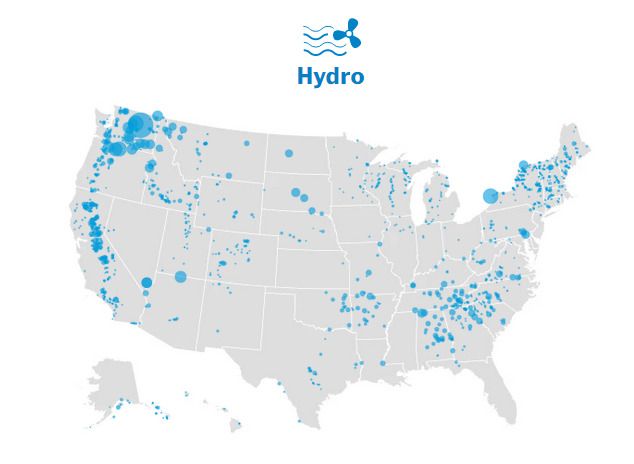How Does Hydropower Negatively Affect Humans?
Displacement of Communities
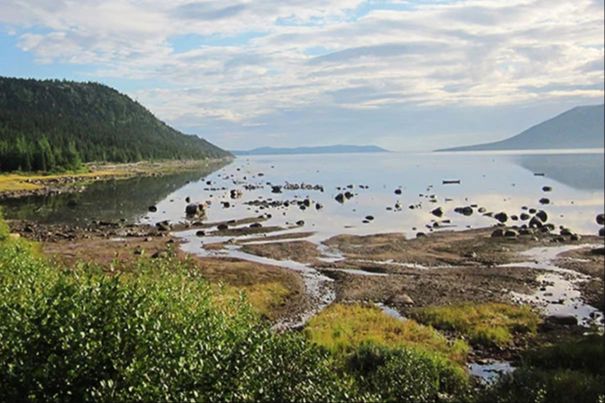
Building dams and reservoirs often requires flooding large areas of land that were previously inhabited. This leads to the forced relocation of entire communities living in those areas, uprooting them from generations-old homes and ancestral lands. According to the International Rivers organization, an estimated 80 million people worldwide have been displaced by dam projects, though the exact number is unknown due to lack of monitoring (https://www.internal-displacement.org/publications/case-study-series-dam-displacement/).
This type of involuntary displacement completely disrupts lives and livelihoods. People are moved to areas where they lack land tenure, economic opportunities, and access to resources. A 2016 study found that hydropower dam construction tends to disproportionately affect indigenous populations, taking away their homes, jobs, communities, and cultural connections to the land (https://www.repository.law.indiana.edu/cgi/viewcontent.cgi?article=1615&context=ijgls). Such displacement can result in severe declines in health, economic status, food security, and overall well-being.
Loss of Cultural Heritage
One of the main impacts hydropower dams can have is the loss of cultural heritage in the areas flooded by reservoirs. Flooding land for reservoirs often damages or destroys important cultural sites, artifacts, and traditions tied to the area.
For example, the construction of the Nam Theun 2 dam in Laos resulted in the flooding of areas considered sacred by indigenous populations, displacing communities and disrupting traditional practices (Hydropower vs Heritage: Will Laos Lose Luang Prabang?, 2020). Proposed dams on the Mekong River also threaten the World Heritage status of the historic city of Luang Prabang, which could be stripped of its designation if large dams alter the riverscape and traditional river life (Planned dam sparks concerns that Luang Prabang could lose World Heritage status, 2024).
Overall, hydropower development often comes into conflict with protecting cultural heritage, as land is flooded and access is cut off to traditional sites. Dams disrupt practices, artifacts, architecture, and landscapes central to local and indigenous identities.
Altered River Environments
Dams and the reservoirs created by dams can profoundly alter the natural flow patterns, water quality, and sediment transportation in rivers, negatively impacting the river ecosystem and species that have adapted to historical seasonal flow patterns. According to the USGS, dams block the downstream movement of sediments, causing erosion in the downstream channel and less accumulation of sediments that form deltas, beaches, sand bars, and barrier islands[1]. In addition, dams change the natural variability of rivers by reducing peak flows during floods, increasing low flows, and altering seasonal flow patterns that plants and animals depend on for spawning, migration, and other natural processes[1].
These changes to natural river flows, flooding, and sediment transportation disrupt the river ecosystem, reducing the range and diversity of riparian and aquatic habitats. Species like salmon are especially impacted, as dams obstruct their ability to migrate upstream to spawn[2]. While fish ladders can help mitigate this issue, they are not always effective or feasible for all fish species. The changes caused by dams can increase risks to endangered species, stress native fish populations, favor invasive species, and reduce biodiversity overall in the river system[2].
In addition to environmental impacts, altered river flows affect humans who depend on seasonal flooding for agriculture and groundwater recharge. Reduced sediment flows increase erosion, damaging bridges and water supply intakes. The river ecosystem services people rely on are degraded. While hydroelectric dams provide clean energy benefits, their disruption of natural river systems can have severe ecological and human consequences downstream.
[1] https://www.usgs.gov/special-topics/water-science-school/science/hydroelectric-power-water-use
[2] https://www.ucsusa.org/resources/environmental-impacts-hydroelectric-power
Reduced Fish Populations
Hydropower dams often block migratory fish routes, preventing access to critical spawning and feeding grounds. According to a 2020 Stanford University study, dams threaten fish habitats in over half of the world’s large river systems, impacting species that provide food and livelihoods for millions of people (https://sustainability.stanford.edu/news/hydropower-dams-threaten-fish-habitats-worldwide).
Dams drastically change river conditions by altering water flow, temperature, and sediment transport. This can make sections of rivers unsuitable for native fish adapted to free-flowing waters. For example, dams in the Pacific Northwest have contributed to salmon population declines by blocking access to spawning habitat and changing river habitats the fish rely on (https://www.fisheries.noaa.gov/national/habitat-conservation/improving-fish-migration-hydropower-dams).
Reduced fish populations not only impact ecosystem health but also food sources and economies connected to fisheries. A 2019 study found hydroelectric dams have significantly impacted fish community structure and fisheries production globally by disrupting migration patterns (https://www.sciencedirect.com/science/article/am/pii/S1877343518301003).
Increased Disease Risk
One of the major ways hydropower can negatively impact humans is by increasing the risk of diseases like malaria. According to a study from Harvard University, up to 90% of new hydroelectric projects are expected to increase the concentration of malaria-causing parasites in reservoir water. This is because the stagnant water provides an ideal breeding ground for mosquitos that spread the disease. Research also shows that dam building on major rivers could trigger outbreaks of diseases through ecological changes. Overall, large dams dramatically influence health by propagating water-based diseases.
Loss of Livelihoods
The construction of hydropower dams can severely disrupt river ecosystems and natural water flows, damaging the ability for local communities to farm, fish, and maintain other jobs that they depend on. One study showed that building hydroelectric dams was associated with reduced economic development or population loss in nearby communities [1]. Dams block the migration of fish to their traditional spawning grounds upstream, destroying fish stocks that local fishermen rely on to support their families [2]. The reservoirs created by dams can also permanently flood and alter farming areas and forests that communities once depended on.
By changing river levels, flow patterns, and flooding regimes, dams disrupt traditional agricultural practices tailored to natural floodplain environments. One study in Thailand found that construction of the Pak Mun dam caused nearby households engaged in fishing and agriculture to lose an average of 9-31% of their pre-dam income [3]. The effects on local livelihoods can persist long after dam construction ends.
Geological Hazards
Hydropower dams can lead to geological hazards due to the large reservoirs they create. The weight of the water in these reservoirs puts an immense amount of pressure on the land and underlying bedrock. This extra mass can trigger earthquakes and landslides. Even small tremors can cause cracks in the dam structure. Landslides into the reservoir also create dangerous waves that stress the dam wall. According to Water Power Magazine, “The main hazard is the shuddering of the ground leading to cracks in the wall or the failure of the dam forming the reservoir. In severe cases, the dam itself fails.”
Downstream Water Issues
Hydropower dams significantly alter the natural flow of rivers. Water previously flowing downstream to communities and ecosystems is instead diverted for energy production (Baird, 2021[1]). This disrupts access to water for drinking, irrigation, transportation, and other needs. One study found the Tucuruí Dam in Brazil reduced downstream water levels and increased flooding risks (Baird, 2021[1]).
Dams also degrade downstream water quality. Water released from dams is depleted of oxygen, increasing algae growth and reducing fish populations (The Conversation, 2019[2]). Nutrient-rich sediment trapped behind dams no longer replenishes floodplains. This disrupts ecological processes and agricultural fertility downstream (Baird et al., 2021[3]). Overall, hydropower dams significantly disrupt downstream water resources.
Financial Burdens
Dam construction often goes over budget, leaving countries saddled with debt. According to a study by EY, 80 percent of hydropower projects experience cost overruns, with an average overrun of 60 percent (https://www.forbes.com/sites/jeffopperman/2022/10/11/evaluating-hydropower-within-energy-systems-plotting-a-nature-positive-path-to-a-sustainable-energy-future/). For dams built after 2000, the average cost overrun was 33%, while for pre-2000 dams the average was 46% (https://www.tandfonline.com/doi/full/10.1080/07900627.2019.1568232). These ballooning costs put a major financial strain on countries, especially developing nations. The debt accrued can hinder economic growth and development for decades.
Safety Risks
Dam failures can lead to extremely dangerous and even catastrophic consequences downstream. One of the most devastating dam failures in history occurred in 1975 at the Banqiao dam in China’s Henan Province. Due toTyphoon Nina and design flaws, the dam collapsed, causing flash flooding that killed an estimated 171,000 people [1]. More recent dam failures like the Oroville Dam crisis in California in 2017 have highlighted the risks associated with aging dam infrastructure [2].
To prevent failures and ensure public safety, proper dam maintenance and upgrades are essential. Dam owners are required to develop emergency action plans and conduct training and drills. Still, climate change and other factors are increasing stresses on dams worldwide. Investing in robust inspections, repairs, spillway capacity improvements, and technology like remote sensors can help mitigate risks. But ultimately, living downstream from a dam always carries some degree of safety risk.

